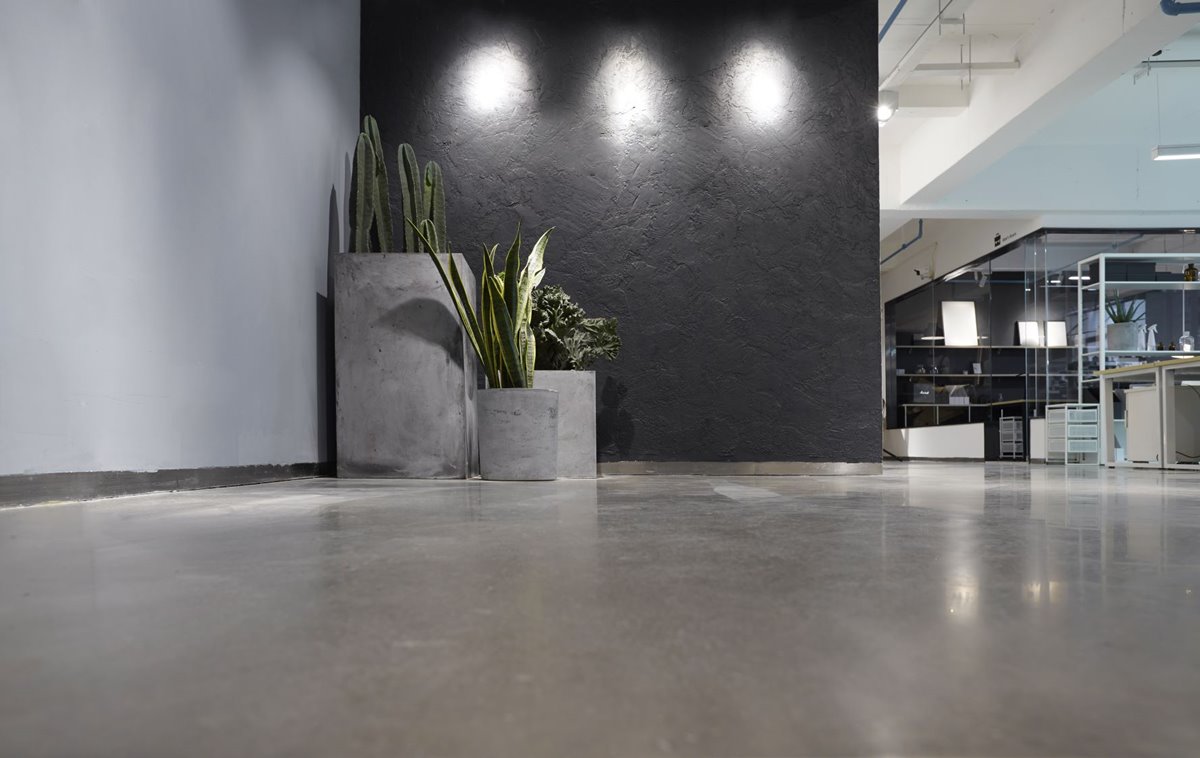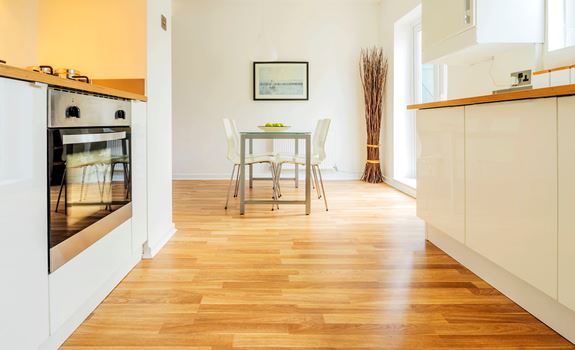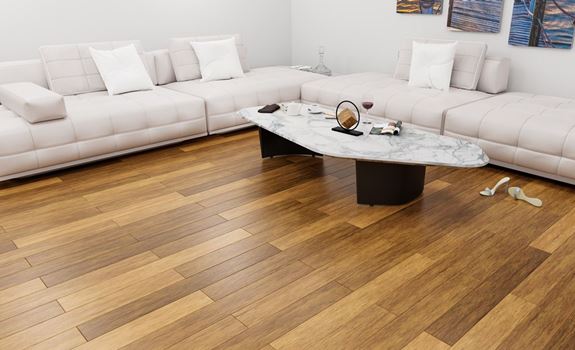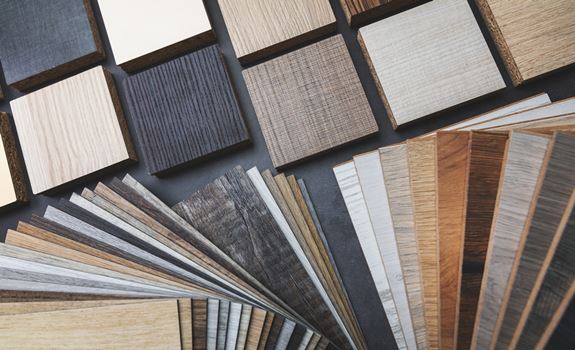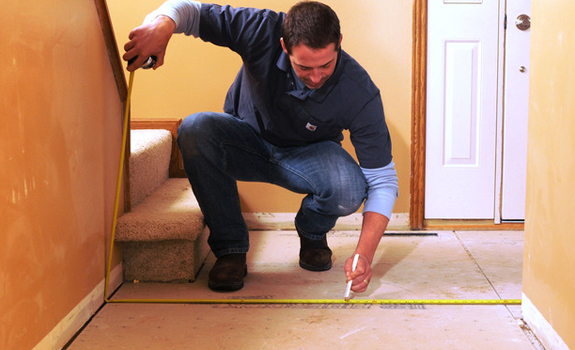Flooring is perhaps one of the most expensive materials to install in your home or office. The bigger space, the bigger your bill. And with new flooring design trends coming out constantly, it can sometimes be challenging to choose the right aesthetic for your space.
While it can be stressful and costly, installing new floorings can breathe new life into your home or office space. While some office spaces have vinyl, tiles, or wood flooring, most offices have actually concrete floors. To learn more about how to decorate and add more character to your concrete, visit Decorative Concrete Tampa. With that said, if you’re renovating your home and your floor is in dire need of replacement, here are five ideas and options to choose from:
#1 Vinyl
Vinyl as a flooring material provides the most value for your money. It is durable and cheap. And while it can’t be compared to the durability of marble or tiles, vinyl flooring can last around 10 to 15 years. Made of PVS composites, vinyl is generally soft and comfortable to walk on. Some manufacturers add fiberglass to its construction to enhance its toughness.
Since it stains, dents and scratches easily, this flooring option is not suitable for high-traffic areas. It is most suitable for bedroom floors, where there are low traffic and less movement of furniture.
#2 Hardwood
Hardwood can be made from numerous kinds of wood, from domestic species such as Maple and Oak to more exotic varieties like Purpleheart or Brazilian Cherry to eco-friendly ones like Bamboo.
Wood flooring looks great in any style. It is long-lasting and can be refinished up to 5 times in order to remove scratches on the surface, making it suitable in areas with moderate traffic such as living rooms and offices. It is also easy to clean— regular sweeping and prompt mopping of spills should do the trick. It cannot, however, withstand too much moisture or abrupt changes in temperature which causes warping, swelling, or shrinking.
While wood is renewable, it is not always harvested in a sustainable manner. Cutting trees without replanting or cutting them at a fast rate can cause environmental issues. So, if you’re eco-conscious and like hardwood, then go with a sustainable timber & bamboo flooring option.
#3 Laminate
Laminate is priced closely to vinyl. However, depending on the contractor, it could be slightly expensive or cheaper. Usually made of fiberboard, laminates can replicate marble, wood, or other grained stones. This is because beneath its clear topmost layer is a realistic image of other natural materials.
Its top layer is water-resistant but prone to chips and scratching. Also, if it is not laid on an even floor, it can break over time since it is not very flexible. In addition, laminate flooring can absorb water if not sealed properly, causing swelling. This is why it is important to ensure proper sealing around the edges using skirting boards. There is plenty of skirting board styles giving the opportunity to make an easy choice according to the specific laminate design and the overall interior style of the room.
#4 Cork
Cork, which is the bark of a specific tree, is a resilient flooring option. It is also a sustainable material since ark can be harvested every eight to 10 years without killing the tree.
Cork is quiet, warm, and provides a soft underfoot. It is slip-resistant and offers a natural look. It is also naturally resistant to mold, mildew, fire, and termite, and can last up to 40 years or more if properly maintained. However, it is still vulnerable to tears, scratches, dents, and moisture. Plus, it needs to be resealed every 2 – 3 years with polyurethane or wax to protect it against water damage and stains.
This type of flooring is best suited for bedrooms, living areas, office kitchens, and playrooms.
#5 Cement Screed
This is the “grey floor” that you usually see at void decks. For homes, though, it is usually sealed and polished. This unconventional flooring material has taken the spotlight in home and office flooring thanks to its industrial look.
Cement screed is typically used as a subfloor that levels out the surface, preparing it for topmost floorings such as tiles or vinyl. It also needs to be coated so that it will not be powdery.
Being porous, cement is prone to cracking. Although protective coating can help resist wear and tear, damages and cracks are inevitable. In addition, the final appearance or effect of the floor will depend largely on your contractor. So, make sure to choose wisely.
Conclusion
These are just some of the most popular flooring options for home and office renovations. If you’ve looked at all the standard choices and nothing quite fits your budget and style, then don’t hesitate to branch out and take a look at home decorating websites and magazines for the latest flooring craze!




